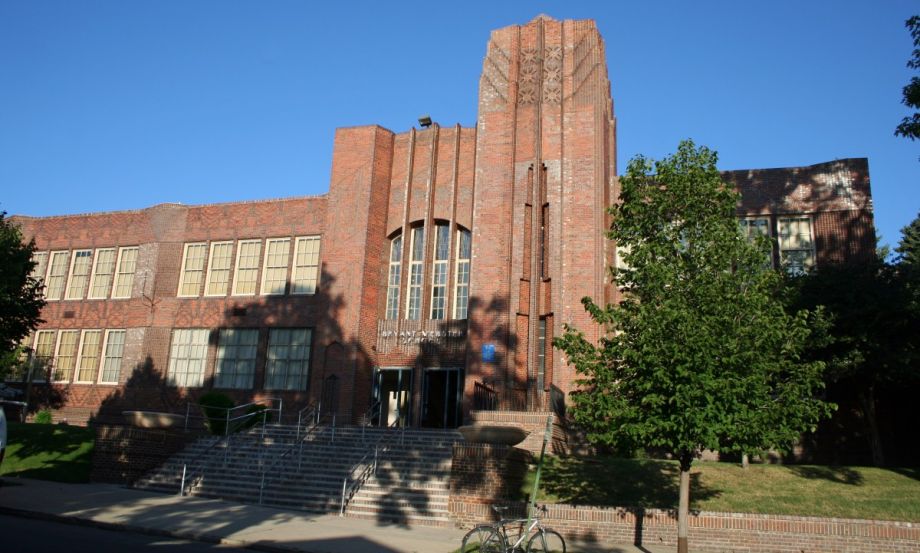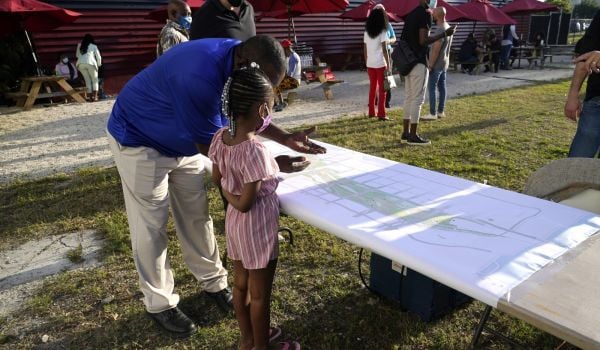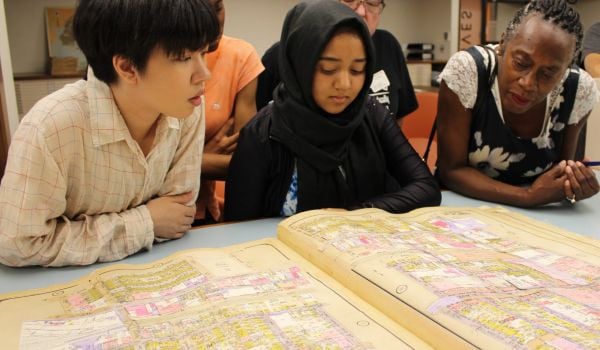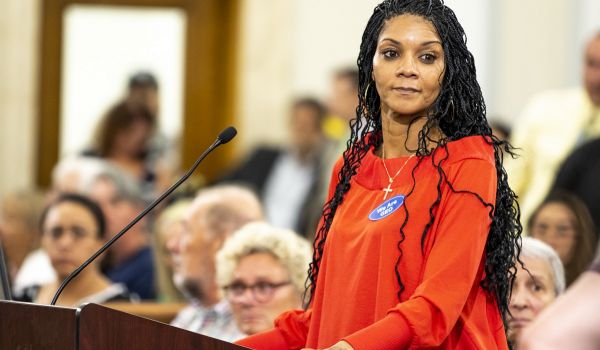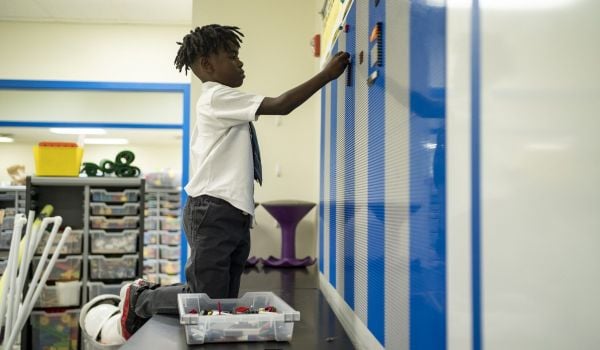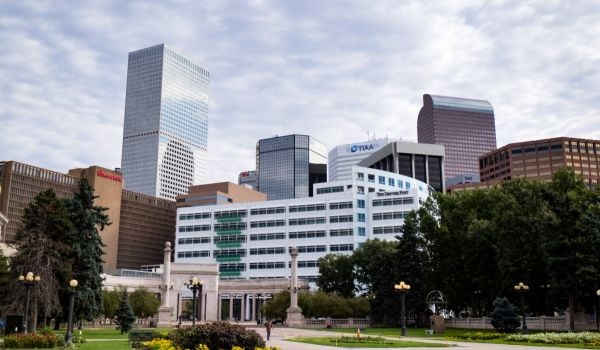Denver’s gentrification is old, albeit ongoing, news. But with the city’s changes trickling down to the public school system, a new 42-member committee has some questions about diversity and school consolidation. The committee is called the Strengthening Neighborhoods Initiative, and it was created by the Denver school district in March, Denver Patch reports. Its first meeting was held Monday, and there are eight meetings on the books through 2017.
According to the district, the committee’s tasks will include:
- Reviewing changing demographics and housing patterns and their effect on schools.
- Making recommendations on policies around boundaries, choice, enrollment and academic programs to drive greater socio-economic integration.
- Considering how to think about school choice and consolidation in the face of sharp declines in the number of school-aged children in gentrifying neighborhoods.
The group is made up of former school board members, Denver city staffers and the executive director of the Denver Housing Authority, among others, according to Colorado Chalkbeat (A full list of members is available here). The district has already taken several steps to increase integration in local schools, but it’s seen mixed results.
“One was the creation of several enrollment zones, which are essentially bigger school boundaries,” according to the site. “Students are asked to choose one of several schools within the boundary instead of being assigned to the school closest to where they live.”
Increasing the stock of affordable housing citywide — with an eye toward gentrification — has been a key policy objective in Denver for several years. But housing patterns with a long history of perpetuating segregation still exist, and that’s made school integration, even with wider boundaries, difficult in some areas. One example: the West Denver middle school enrollment zone, where, according to another Chalkbeat post, just 2 percent of students are white.
“We all had high hopes for using the zones, particularly in middle schools, to better balance, better integrate our schools,” School Board member Happy Haynes said last year, the site reports. “What isn’t within our power is the makeup of the neighborhood…. And so we’re struggling with how much effect we’ve actually had using the best strategies that we can.”
Desegregation has proven benefits for all students, but it’s rare that a school district “accidentally” desegregates — though that happened to some extent in Chicago (partly due to gentrification), Next City wrote in 2014. Often, when school desegregation becomes policy, old lines of race and class spark controversy — particularly among the whiter, wealthier demographic — as Nikole Hannah-Jones covered in her 2015 story for This American Life. It’s likely that Denver will need something more than boundary-widening. Hopefully the committee’s recommendations will have stronger teeth.

Rachel Dovey is an award-winning freelance writer and former USC Annenberg fellow living at the northern tip of California’s Bay Area. She writes about infrastructure, water and climate change and has been published by Bust, Wired, Paste, SF Weekly, the East Bay Express and the North Bay Bohemian
Follow Rachel .(JavaScript must be enabled to view this email address)

